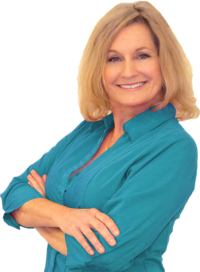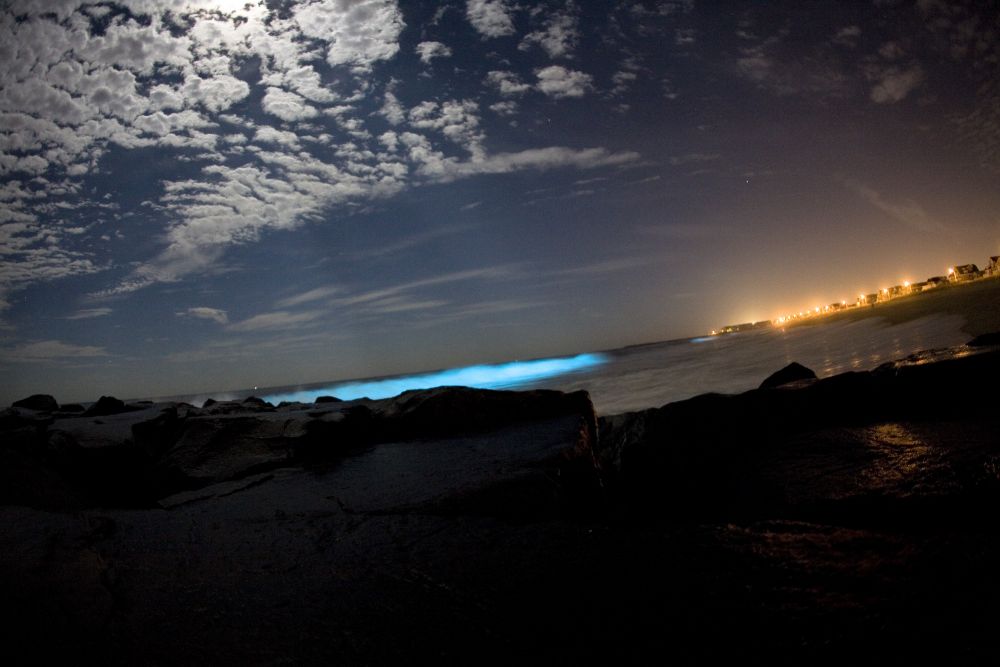History and Highlights of Merrit Island
The first people reached Florida nearly 12,000 years ago, but only after crossing the Siberian land bridge. From there, they migrated across a previously twice as large North America with sea levels 20 to 30 feet below their current location. Approximately 7,000 years ago the remaining glaciers melted, sea levels increased, and the barrier island along with Florida lagoons making up the present-day Merritt Island National Wildlife Refuge came to be. Inland from the barrier island, the Paleo-Indians became the first inhabitants of the entire Indian River Lagoon region. Their descendants settled and lived off of the wide range of resources of the Indian River Lagoon, the St. John’s River, and surrounding uplands.
By 2000 BCE, the Paleo-Indians worked with pottery and stone, shell, and animal teeth weapons. They survived as hunter/gatherers, but the rising sea levels reduced the peninsula’s size to the size it is today. As time went on, the Ais and Timucuan tribes were framed; they lived along the shores of the Indian River, deserting hills of disposed of things that have helped us find out about them and their lifestyle through paleontology. This archeological confirmation revealed that the Paleo-Indians lived near huge creatures such as the mastodon, monster armadillo, buffalo, camel, and mammoths in Florida. Despite the big game opportunity, plants, nuts, smaller mammals, and fish made up a majority of the Paleo-Indian diet. Ever since that time the history of the Space Coast, cultural and natural, has been rich and diverse.
1513 was the year Paleo-Indians and European explorers first came in contact with one another, when Juan Ponce de Leon encountered a village of Ais Indians close to Cape Canaveral. Spanish explorers often shipwrecked along the Florida coast during this time, their contact with the Paleo-Indians bringing massive changes to the Ais culture. By the time a Spanish settlement was permanently built, which was in St. Augustine in 1565, the Ais had garnered reputations as fierce warriors. Disease, warfare, and malnutrition eventually led to the decimation of these early cultures. For the next 200 years, Florida’s population gradually expanded while the ethnicities of the population became more diverse. Known today as Brevard County used to be a portion of Mosquito County, that is until 1845 when Florida became an official state. At first named St. Lucie, which spread south towards Dade County, Brevard County became its own county in 1959 when it attained its present-day boundaries.
Douglas Dummit, one of the few Titusville area settlers before the Civil War, had moved from Tomoka where he was a sugarcane farmer as well as the postmaster in the 1820s and 1830s. He was one of few who cultivated oranges, selling his first orange crop in 1828. In Tomoka, he experimented with several techniques to cultivate citrus fruit; in doing so, he would plant wild sour-orange trees of Spanish origins and acclimated them to Florida’s soil and climate. These experimental trees lived through the famous freeze of 1835 and were then transplanted to the Dummitt Grove (which is now part of the Merritt Island NWR) after the Second Seminole War. Dummitt expanded his grove, producing approximately 60,000 oranges a year by 1859. In 1873 Dummitt passed away at his orange grove, after his many significant contributions to the political and economic growth of the Indian River region.
In 1854 the bit of land between Mosquito Lagoon and the Indian River, often used as a haul over for the prior couple of centuries, was officially opened after the first major man-made improvements to the inland waterway. The haul over measured nearly one-third of a mile long, 10 to 12 feet wide, and 3 feet deep, primarily used by draft vessels meant for shallow water. More improvements went underworks in 1885, completed by the U.S. Army Corps of Engineers in the late 1930s. Today, the Haulover Canal is a portion of the Intracoastal Waterway used by thousands of vessels each year to travel between the Indian River and Mosquito Lagoon.
Not much development occurred between the late 1920s and the end of World War II. After the war began, a period of growth, stimulated partly by the development of the U.S. space industry complex of Cape Canaveral, commenced. Space use and exploration became a big idea in 1950 after the establishment of a missile testing range and, at that time, the U.S. federal government owned the land around the Cape Canaveral lighthouse. Once the remaining acreage for the facility was acquired from private landowners, some willing and others not, the National Aeronautics and Space Administration began operations in 1958. NASA’s primary goals were to launch communication, meteorological, and scientific satellites. They vaulted to the national forefront in 1961 when President John F. Kennedy announced that the U.S. plans to land a man on the moon before the end of the decade.
When NASA purchased the land of what is now called the Refuge, several families resided there and set to work farming the land. Remnants of the old foundations and canals can be witnessed at several locations, especially close to Haulover Canal.
Attractions
Bioluminescence Kayak Tour
If you and your family are up for an adventure, there are several companies that offer nighttime kayak tours to view the phenomenon of bioluminescence creatures that inhabit our rivers. While touring, you'll have the chance to see dinoflagellates, comb jelly, manatees, and even dolphins! Various companies offer both regular kayaks and clear kayaks for a more immersive experience.
.jpg) Merritt Island National Wildlife Refuge
Merritt Island National Wildlife Refuge
This wildlife refuge is perfect for a nice day out. There are plenty of walking trails and lots of wildlife to observe. There is even a manatee observation deck to enjoy.
Dragon Point
Merrit Island is home to the giant dragon Annie that guarded the southern-most tip of the city. Annie met her cruel end when a storm hit in 2002. Alas, there is hopes her baby will soon rise and take her place.
Click the photo to search all Florida Space Coast Properties / The Real Estate Firm of Florida, Inc.
Reach out to us anytime to learn more about the Space Coast. We look forward to meeting you!
The Real Estate Firm of Florida, Inc.
321-591-7777 / movebrevard@gmail.com / movebrevard.com








